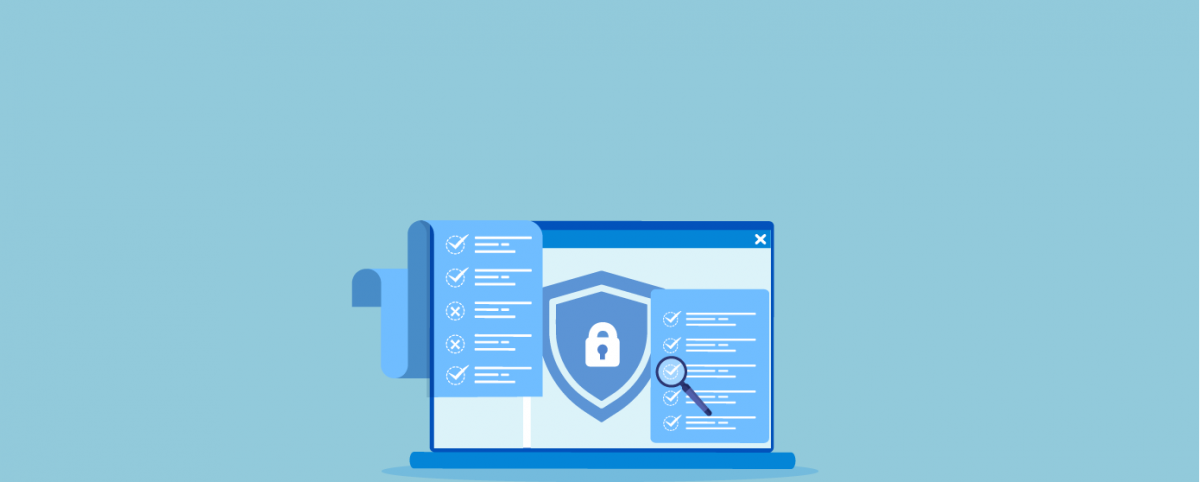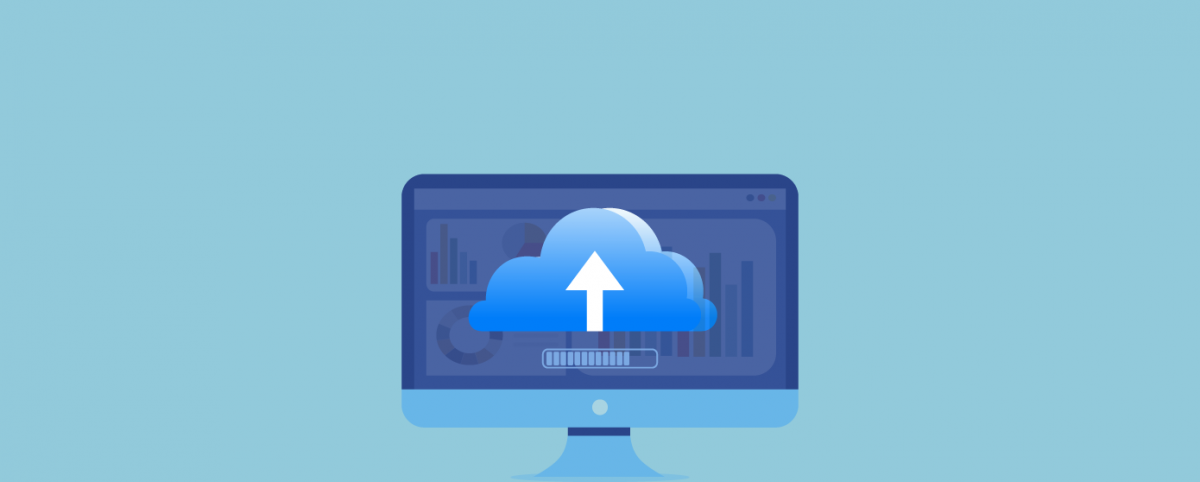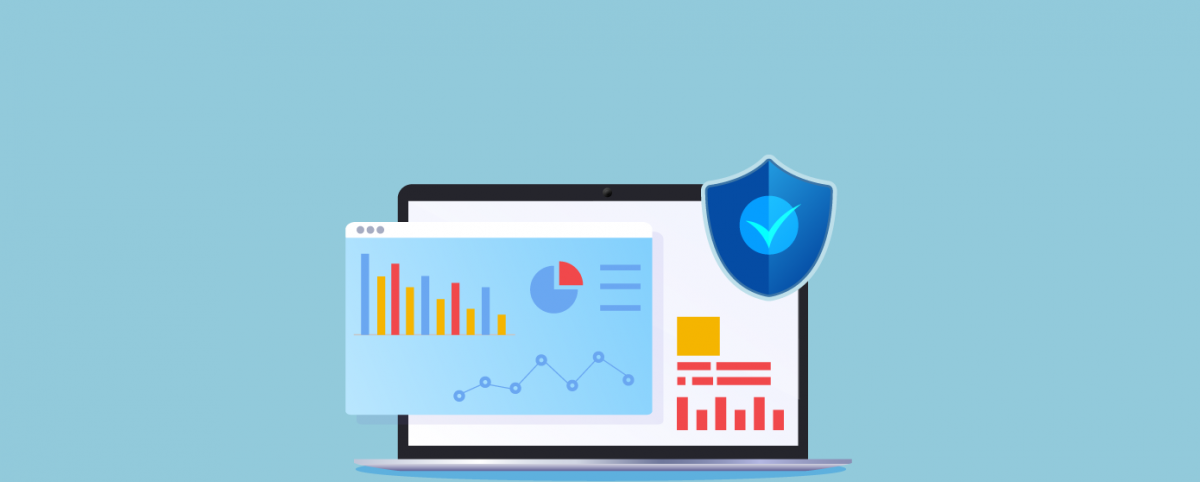Top 10 Tips to Protect Against OWASP Top 10 Vulnerabilities
OWASP Top 10 vulnerabilities is a list of the 10 most common security vulnerabilities in applications. The Top 10 OWASP web application security vulnerabilities are updated every 3-4 years. Last updated in 2017, the vulnerabilities featuring on the list are:
- Injection
- Broken Authentication
- Sensitive Data Exposure
- XML External Entities (XXE)
- Broken Access Control
- Security Misconfigurations
- Cross-Site Scripting (XSS)
- Insecure Deserialization
- Using Components with Known Vulnerabilities
- Insufficient Logging and Monitoring
OWASP Top 10 vulnerabilities help raise awareness of the latest threats facing websites and web applications. Organizations and developers can leverage this list to ensure secure coding, tune up security and keep their security posture fortified.
In this article, we equip you with 10 power-packed tips to protect your applications against the OWASP Top 10.
Top 10 Tips to Prevent OWASP Top 10 Vulnerabilities
#1 Take a Zero-Trust Approach to Security
The Zero-Trust approach holds that the organization must ‘never trust and always verify’ instead of ‘trust, but verify’. This approach enables organizations to minimize risks associated with web applications by analyzing security gaps involved. Zero-Trust approach must be adopted whether it is users, employees, vendors, or third-party service providers. This helps in protecting against a majority of OWASP Top 10 vulnerabilities including brute force attacks, XSS attacks, injections, and so on.
#2 Use a Next-Gen, Intuitive and Managed Web Application Firewall (WAF)
Next-gen, intuitive and managed WAFs like those from AppTrana enable organizations to prevent vulnerabilities from being exploited. It monitors traffic and automatically blocks malicious requests. It uses virtual patching to cover vulnerabilities until they are fixed by developers.
#3 Implement a Strong Password Policy and Multi-factor Authentication
To mitigate broken authentication vulnerabilities, implementing a strong password policy and multi-factor authentication are critical.
- Never deploy default credentials, especially for admin accounts.
- Enforce strong and unique passwords with a combination of alphanumeric and special characters.
- Do not store passwords locally.
- Send passwords only on secure and encrypted connections.
#4 Encrypt all Sensitive Data
Whether in transit or at rest, make sure that all sensitive data is encrypted. Do not store sensitive data in devices; store it in a secure server that is not used to host public websites. Encrypt passwords that are used to access confidential data. Make sure to hold sensitive data only if necessary for the work at hand.
For data in transit, leverage SSL certificates from a trusted Certificate Authority (CA). SSL certificates encrypt all communication and data exchange between the server and browser.
#5 Establish Proper Access Controls
Establishing role-based access controls is critical for protection against OWASP web application security vulnerabilities. Adopt a least-privileged approach when it comes to authorization and permissions with each role only getting the lowest level of access necessary to complete their jobs. For every request, the backend processes must verify the incoming identifiers to ensure that only authorized entities are accessing data.
Delete accounts that are no longer in use. If there are multiple access points, disable the ones that are not necessary. Shut down unnecessary services and keep the server lean.
#6 Input Validation is Critical
Validating all user inputs (in query forms, query parameters, uploads, etc.) is a must. Input validation helps ensure that any data inputs on the application are not malformed/ malicious. It is critical to protect against OWASP web application vulnerabilities such as SQL injections, XXE injections, XSS, buffer overflows, and so on.
#7 Maintain High Standards of Cyber Hygiene
- Do not ignore updates.
- Use only components and software that are from reliable and verified sources.
- Clean up unwanted, unused, and legacy features, services, components and software from the application.
#8 Establish Effective Logging and Monitoring
Leverage logging and audit software to monitor and detect nefarious activities. Even if detected attacks failed, logging and monitoring offer invaluable insights on the source and vector of attacks. Further, they can be used to analyze how to prevent intrusions in the future by hardening security policies.
#9 Regular Scanning, Audits and Pen-Tests
Regular scanning, security audits, and penetration testing are necessary. They help to continuously identify OWASP top ten security vulnerabilities and beyond, understand their exploitability, prioritize based on risks attached and remediate them.
#10 Follow Secure Coding Practices
Inherently insecure code will lead to weak application security. Following secure coding practices is indispensable for organizations.
Bonus Tip: Update your knowledge and educate all users continuously.
Conclusion
OWASP Top 10 vulnerabilities list serves as a great starting point to foster a culture of secure development and usage of web applications. Remember that these are not the only vulnerabilities out there and that securing these alone will not automatically lead to complete security. Choose an intuitive, comprehensive, and managed solution like AppTrana to harden the security posture.

 July 20, 2021
July 20, 2021





